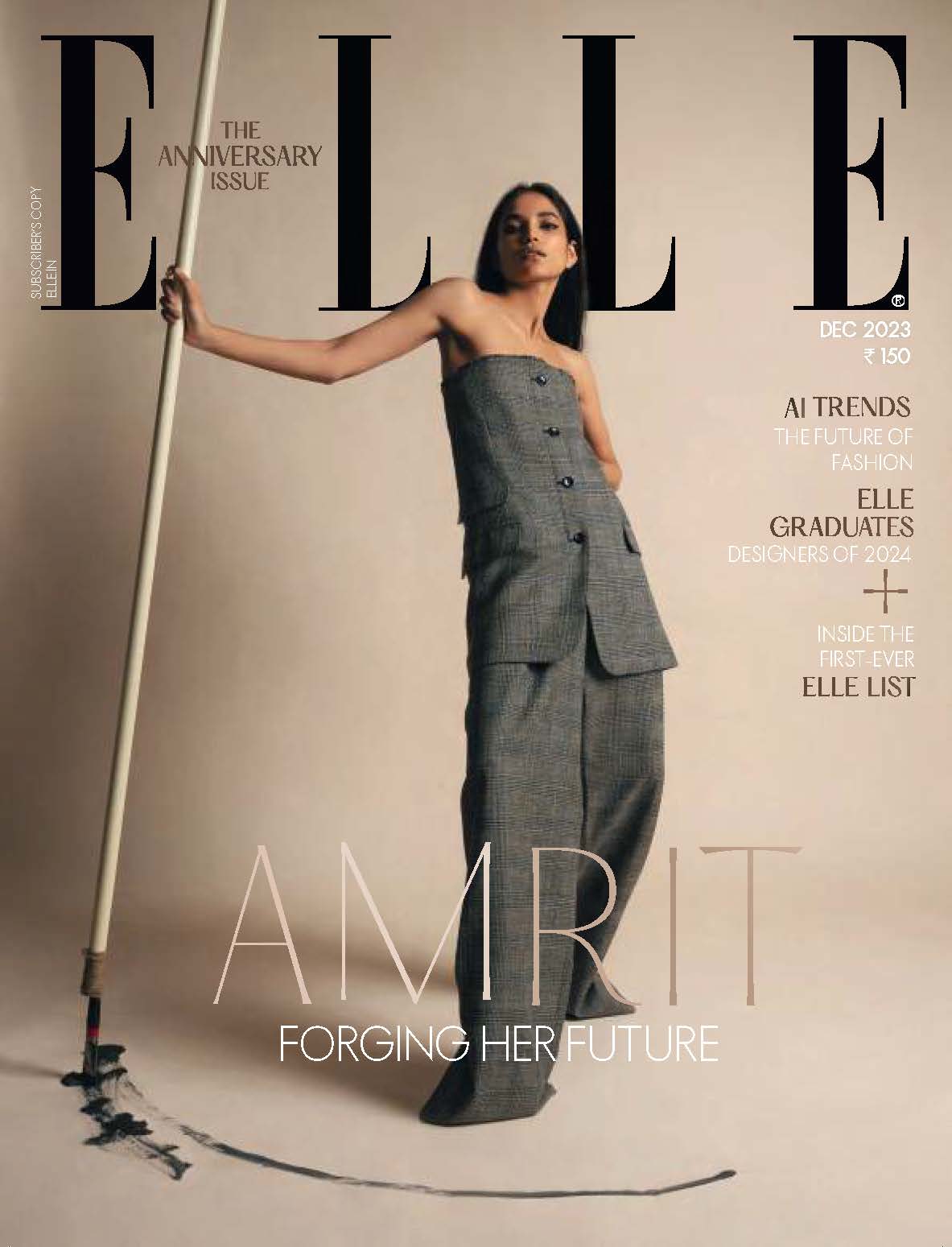In a recent cartoon, Tom Gauld, that irrepressible chronicler of literary life, depicts a customer asking a bookstore clerk: “Can you recommend a big, serious novel that I can carry around and ignore while I’m looking at my smartphone?” That would be funnier if it didn’t make one wince.
What can fiction deliver that your smartphone, with its addictive hits of social media, news and trivia, can’t? To go simply by current statistics, not very much. According to a report in Publishers Weekly, sales of adult fiction fell 16 per cent between 2013 and 2017 in the US. Among the reasons: the decline of physical bookstores (making it harder for readers to discover new titles) and shrinking review space in mainstream media. The same trends, one is sure, apply to other countries too.

Reduced exposure apart, as one publisher quoted in the report points out, “Maybe the itch people have for addictive storytelling has been scratched to a large degree by TV series binge-watching instead of books in recent years.” Winter is coming, it seems, not just for Game Of Thrones characters, but also for novelists.
In response, broad shifts are emerging, both in the form and content of the novel. The sheer subjectivity of fiction, and not just storytelling, has always been one of its main strengths, and this has been taken to an extreme in the genre referred to as autofiction. Drawing from the author’s life, this blurs the line between what’s real and what’s fabricated, and downplays traditional notions of plot and character.

Karl Ove Knausgaard’s massive six-volume My Struggle (the first of which was published in 2009) is the best current example; the last one, self-importantly titled The End, was released earlier this year. In these books, Knausgaard obsessively and in great, sometimes banal, detail mulls over his life from childhood to the present-day. What’s surprising is how quickly this becomes immersive and even compulsive to read even though some unkind souls say that the “struggle” in the title is that of the reader.
Another very personal but very different attempt to redefine the novel’s boundaries came with Rachel Cusk’s recent trilogy: Outline, Transit, and 2018’s Kudos. The narrator, a writer very much like Cusk herself, recounts the stories of the people she meets: on plane journeys, in European capitals, at literary festivals, at parties.The plot is a flickering, offstage presence; the narrator’s own struggles come across almost as asides, and the words of others mirror her world. The tone is cool and self-effacing, and the structure jigsaw-like in its piecing together of verities.

Among other things, both Cusk and Knausgaard try to create an appearance of guilelessness. This isn’t art, they seem to say; this is life. Now, unpretentiousness is a virtue prized by millennials, and that is one of the strengths of Sally Rooney’s work, especially evident in this year’s Booker-longlisted Normal People. This frankly-told tale of love lost and found over the years comes with pitch-perfect dialogue and characters who seem to inhabit the same space as all of us. “Lightness” was one of Italo Calvino’s memos for a new millennium, and Rooney’s light artlessness, of course, is simply a mask for a great deal of artfulness.

Another telling characteristic is the growing inclusion of voices from outside the mainstream, many of them in English translation. There’s a great distance more to go, but, to take just the case of India, the dauntless characters from the works of those such as Perumal Murugan, Deepak Unnikrishnan, KR Meera and Benyamin are demanding to be heard. It’s not a novel, but Sujatha Gidla’s valiant Ants Among Elephants (winner of the Shakti Bhatt First Book Prize 2018) belongs here too.

“It’s unsurprising,” as the curators of the prize put it, that “this year’s shortlist reflects the experience of the outsider, the one who does not fit because of sexuality, caste, class and gender, and a hundred other real and imagined reasons”.
In our world of often unnerving change, the role of reflecting such change and allowing readers to position themselves in relation to it—one of the reasons for the novel’s 18th century rise—has been appropriated by non-fiction. Witness the number of titles with “why” and “how” on their covers, with subjects ranging from the economy to science, history, even extremism.

It’s worth keeping in mind, however, that though the best non-fiction can be a valuable progression of enlightening explanations, it is fiction that can provide a direct experience of involvement. As the American author, essayist and literary critic William Deresiewicz so elegantly puts it, “the novel continues to do what it has always done best: compile the atlas of private experience, show us what it feels like to be alive at our particular time and place.”


